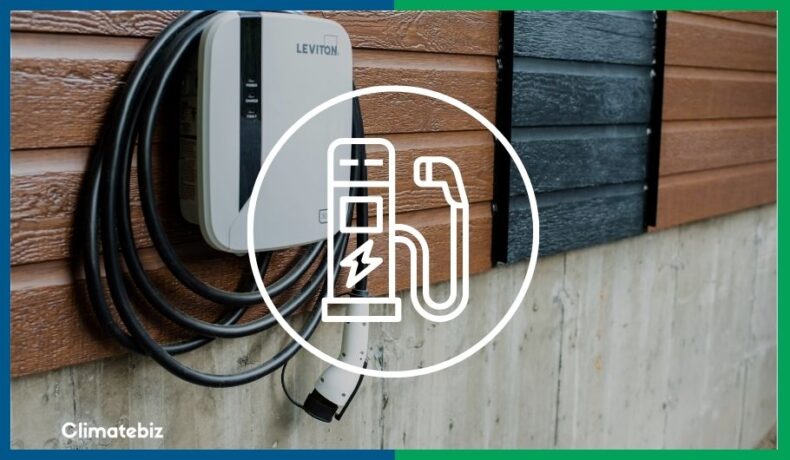Johnny 5 is alive
Established Member
I have a spare 10-panel array of solar panels that in series will give approx 360v DC / 2700w maximum output in direct sunlight. I'm looking into using them for a stand-alone solar charging system but it seems pretty inefficient (and expensive!) to use storage batteries and inverters as there are losses involved with both.
As the MG5 charges using generated DC when going downhill especially on KERS3, is there not a process whereby the car's HV battery can be charged directly from the panels?
I realise the battery / inverter arrangement is to "smooth out" the supply (for the benefit of domestic chargers which don't like power variations) but there is little more variable or intermittent than the charging the HV battery receives from KERS!
I've probably overlooked something obvious but I would have thought in times of rising energy costs and conversely reducing solar panel costs, this would have at least be a consideration?
Hopefully someone better positioned than myself on these matters can shed some light on this.
As the MG5 charges using generated DC when going downhill especially on KERS3, is there not a process whereby the car's HV battery can be charged directly from the panels?
I realise the battery / inverter arrangement is to "smooth out" the supply (for the benefit of domestic chargers which don't like power variations) but there is little more variable or intermittent than the charging the HV battery receives from KERS!
I've probably overlooked something obvious but I would have thought in times of rising energy costs and conversely reducing solar panel costs, this would have at least be a consideration?
Hopefully someone better positioned than myself on these matters can shed some light on this.
